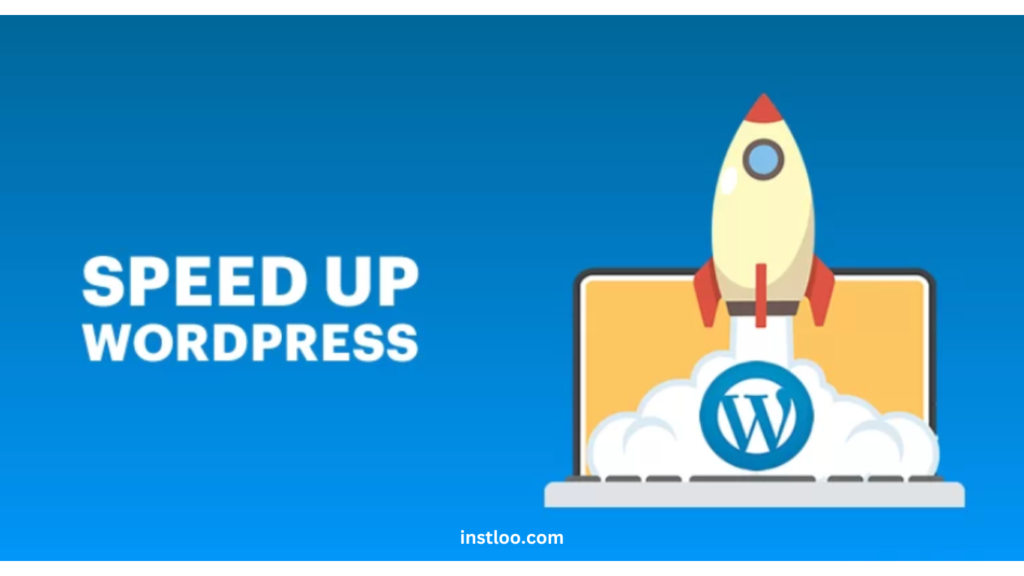
Speeding up your WordPress Website: 10 Ways to do it
In today’s fast-paced digital world, the slow loading of a website can have a devastating effect on your business. If a page doesn’t load within a few seconds, visitors are likely to leave. Not only does it screw with your user experience but it also hurts your search engine rankings. Luckily, WordPress has a lot of tools and methods to optimize your WordPress site’s speed. Here are 10 tricks to improve the performance of your WordPress site.
1. Choose a Lightweight Theme
Your WordPress theme is the foundation that your website relies on for its performance. There are many themes that come loaded with features that are not required (and can slow down your site). However, instead of using heavy themestore as the primary theme, adopt lightweight themes like Astra, GeneratePress or Neve. These are very fast and efficient themes specifically designed for that. Furthermore, they provide customization without losing speed.
2. Use a Reliable Caching Plugin
Caching is a crucial step in improving your site’s speed. A caching plugin stores a static version of your website, reducing the load on your server when users visit your site. Popular caching plugins like WP Rocket, W3 Total Cache, or LiteSpeed Cache can drastically improve loading times. They are easy to configure and offer features like browser caching, database optimization, and file compression.
3. Optimize Your Images
I think that without a doubt images take a key place in designing websites. But large image files can mess your site up. Imgur, flippa, TinyPNG, Imagiffy, Smush are the tools which can compress image without loosing its quality. Furthermore, don’t forget to use nowadays modern image formats such as WebP, which are smaller in size and load faster than the legacy formats like JPEG and PNG. Don’t forget to add the descriptive alt tags to your image for better SEO.
4. Minify CSS, JavaScript, and HTML
In the next step, reducing the size of CSS, JavaScript, and HTML files on your website has a very big effect on your website’s speed. Minification removes unnecessary spaces, comments, characters from these files for lighter. Those plugins as Autoptimize or Asset CleanUp can automate this for you. And to speed up your site, you can combine files, which will cut down on http requests.
5. Implement a Content Delivery Network (CDN)
A Content Delivery Network (CDN) helps your content get to your visitors faster by copying on to many servers throughout the world. The CDN delivers content from the server closest to the users location when they access your site. Additionally, services like Cloudflare, Bunny.net, or StackPath not only give you speed, but they protect your site from DDoS attacks, increasing your security.
6. Optimize Your Database
Over time, your WordPress database accumulates unnecessary data, such as post revisions, spam comments, and trashed items. These can slow down your website. Regularly cleaning your database with plugins like WP-Optimize or Advanced Database Cleaner can help. Furthermore, schedule automatic cleanups to keep your database lean and efficient.
7. Enable GZIP Compression
Gzip compression reduces the size of your website’s files before sending to the user’s browser, resulting in a faster loading time. This is something many hosting providers do by default. Luckily, if yours doesn’t you should be able to enable it by using plugins like WP Fastest Cache or adding some lines of code to your .htaccess file. This goes a long way.
8. Choose High-Quality Hosting
But, your hosting provider is absolutely critical to your site’s speed. Budget friendly shared hosting can be fun but the load can slow down faster during high traffic. Instead, think about moving over to managed WordPress hosting, which you can find from providers such as SiteGround, Kinsta or WP Engine. By hosting on these, they have made them optimized environments for WordPress, resulting in better speed & reliability.
9. Reduce External Scripts and Fonts
External scripts (third party ads or tracking codes) can actually slow down your site by as much as four times. Use them and limit it to those that are absolutely needed. Secondly, while Google Fonts make your page look nice, weighing down the page with multiple font styles and weights can increase page load time. Host your font locally, or don’t use as many styles, to improve performance.
10. Enable Lazy Loading
Lazy loading delays the loading of images, videos, and iframes until they are visible in the user’s viewport. This means that only the content currently in view is loaded, reducing the initial load time of your website. Plugins like Lazy Load by WP Rocket or Jetpack make implementing this feature a breeze.

Bonus Tip: Keep Your WordPress Updated
Keeping your WordPress core, themes and plugins updated is critical and will keep your site running at it’s best. Incompatibility with old software can cause compatibility issues lagging your site. Updates are regular so your benefit from the latest performance improvements and security patches.
Conclusion
Having a fast WordPress website is not only about having a good user experience, but also about attracting more traffic, boosting SEO rankings and increasing conversions. When executed these ten strategies, you need not worry about your website becoming too slow, less efficient or not being user friendly. It’s important to remember, speed optimization is a never ending process so make sure you continue to monitor your site’s performance using tools such as Google PageSpeed Insights or GTmetrix.
If you need help from experts, Instloo excels in WordPress optimization and will help move your website’s performance to the next level. Get started now by getting in touch with us!

